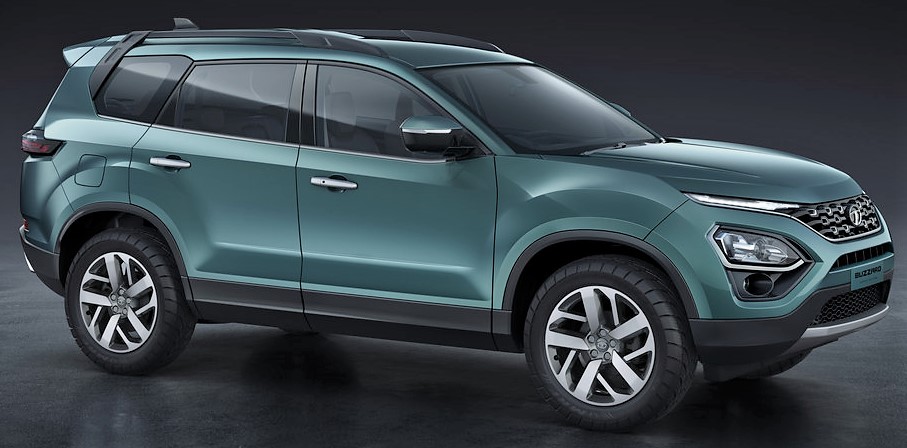One of the most anticipated additions to the Tata portfolio, the Buzzard, popularly known as 7-Seater Tata Harrier, is all set to make a grand entrance in India by early 2020. The Buzzard SUV was initially unveiled at the 2019 Geneva Motor Show.
As per the latest details available, the all-new SUV will be replacing the Tata Hexa considering the brand’s incompetence to refine its engine specifications as per the BS6 emission norms, which will be in effect from April 1, 2020. The 7-seater version of Tata Harrier will be 62mm longer in order to adjust the third row while the engine will be based on the Land Rover’s D8 platform.
According to the brand, the 2.2-litre diesel engine used for the Tata Hexa will not be further used for the passenger vehicles after the BS6 norms are in effect. Though, they will be making the same engine compliant with BS6 norms but only for the commercial vehicles.

Commenting on the discontinuation of 2.2L diesel engine that powers Tata Hexa, Rajendra Petkar, Chief Technology Officer, Tata Motors, said: “We share a lot of powertrains between the passenger vehicles and commercial vehicles, so if one powertrain doesn’t make sense in the passenger car, it would still make sense for the commercial operation. We will upgrade the 2.2-litre diesel to BS6 for some of our commercial vehicles,”

One of the major reasons for axing the Tata Hexa is that the norms for BS6-compliant diesel engine for the passenger vehicles are stricter to follow as compared to the ones used for commercial vehicles. According to the new norms, the NOx limit for the passenger vehicles is not allowed to surpass the 0.08g/km while the commercial vehicles can have a NOx limit of 0.105g/km.

Further adding to his statement, Petkar said “In the transition to BS6, we wanted to reduce the complexity in our portfolio and do the rationalisation at the powertrain level and vehicle level. It was important to make credible partnerships with the key vendors and system suppliers and more importantly, we wanted to look at the technology that will not just be reliable and more robust in the Indian context but also affordable for our consumers.”


